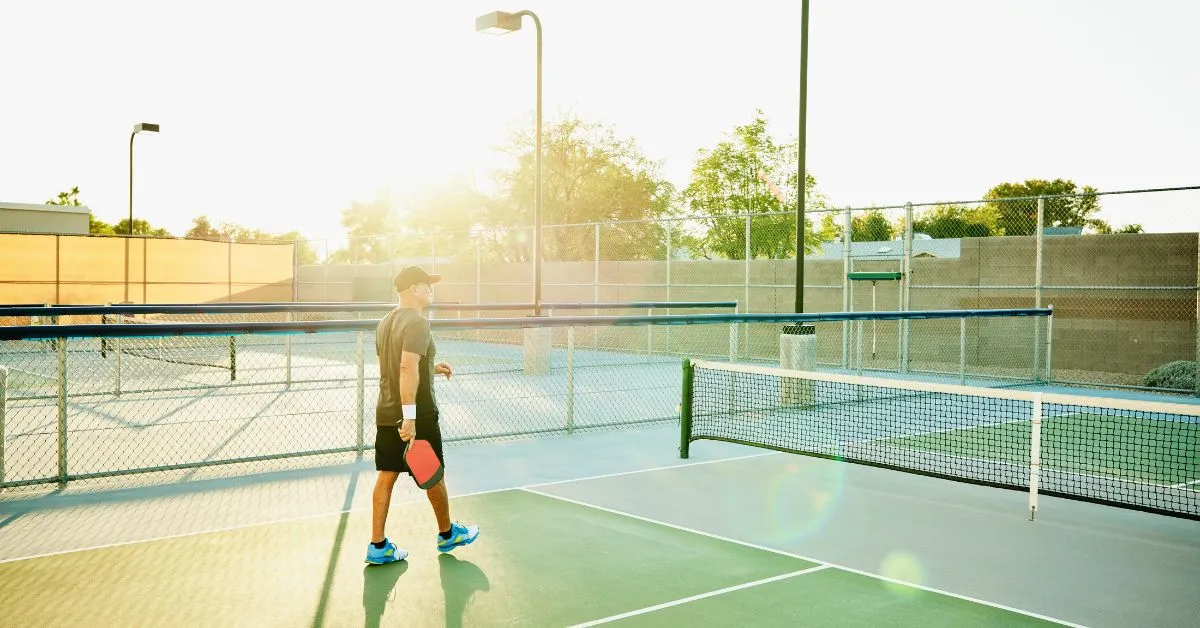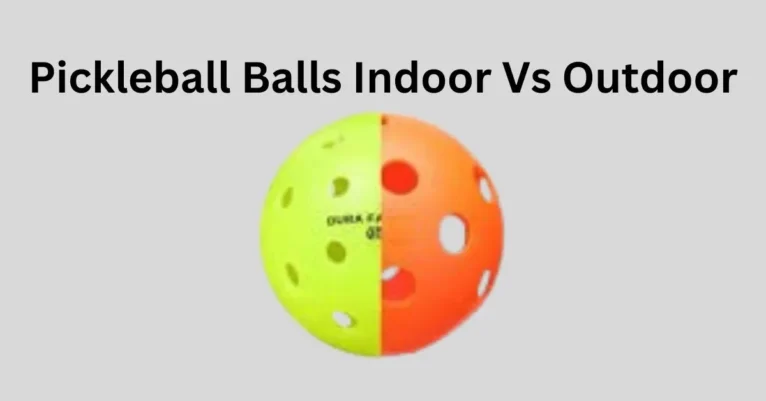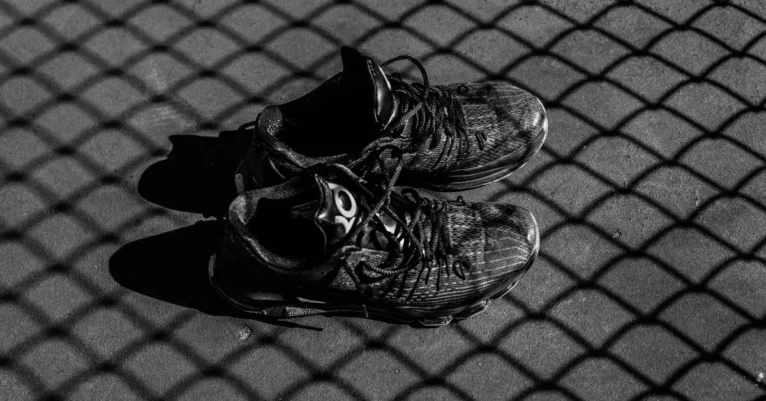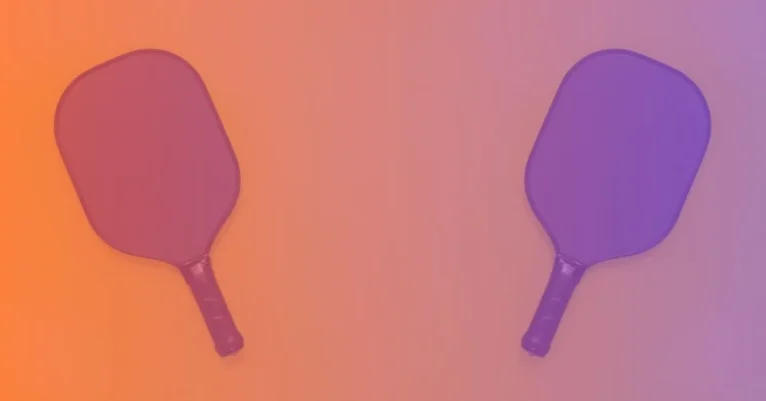Is Singles Pickleball Court Smaller?
Pickleball is a sport amalgamating tennis, badminton, and ping pong elements. It has surged in popularity, drawing players of all ages. Whether you’re a seasoned enthusiast or a newcomer, the question of court size differences in singles and doubles play might have piqued your interest. Let’s explore pickleball court dimensions comprehensively and ask “Is Singles Pickleball Court Smaller?” Let’s start with understanding the basics:
Understanding Standard Court Width:
The fundamental characteristic shared by both singles and doubles pickleball courts is their width – a standardized 20 feet, akin to a badminton court. This consistent width sets the stage for the unique dynamics that unfold in each game.
Unveiling Length Distinctions:
While the width remains constant, the real divergence occurs in the length of the court. In singles play, the court spans 44 feet, subtly shorter than its doubles counterpart, which extends to 64 feet. This length differential is not arbitrary; it’s a strategic design that significantly influences gameplay.
Impact on Gameplay Dynamics:
Why the variance in length? The answer lies in strategy and the resulting gameplay dynamics. A smaller singles court translates to faster rallies and heightened agility. In contrast, the longer doubles court promotes strategic shot placement and encourages collaborative play between partners, transforming the very essence of the game.
Baseline Variation and Its Implications:
Let’s zoom in on the baseline, the boundary at the back of the court. In singles, it sits 22 feet from the net, demanding precision and control from players. This shorter distance enhances the intensity of singles matches, pushing players to master accuracy in their shots. On the doubles front, the baseline extends to 22 feet from the net on each side, affording more room for strategic maneuvering and teamwork.
Non-Volley Zone (Kitchen) Dynamics:
A critical aspect of court dimensions is the non-volley zone, often called the kitchen. Interestingly, singles play liberates players from the restrictions of the kitchen, allowing them unrestricted access to the entire court. This absence adds an element of aggressiveness and excitement to singles matches, with players freely approaching the net.
Read: How high is a pickleball net?
Singles vs. Doubles Court Dynamics:
Now let’s come to the question “Is Singles Pickleball Court Smaller?”. Stepping onto a singles pickleball court, the compact size and reduced length create a fast-paced, dynamic playing experience. The close proximity to the opponent heightens the adrenaline and demands quick reflexes. In doubles, the longer court dimensions cater to collaborative efforts, fostering teamwork and strategic play that unfold within the extended space.
Significance of Court Size in the Pickleball Experience:
The variations in court dimensions are not arbitrary design choices. They significantly shape the overall pickleball experience. Size becomes a crucial factor in catering to player preferences, skill levels, and the unique dynamics of each match.
In Conclusion:
In pickleball, court dimensions are not just measurements. They are integral components influencing the flow and excitement of the game. Whether it’s the brisk pace of a singles match or the strategic orchestration of doubles play, the court dimensions play a pivotal role. So, as you prepare for your next pickleball match, relish the thought that the size of the court is not just a number; it’s a dynamic canvas where the magic of pickleball unfolds.






